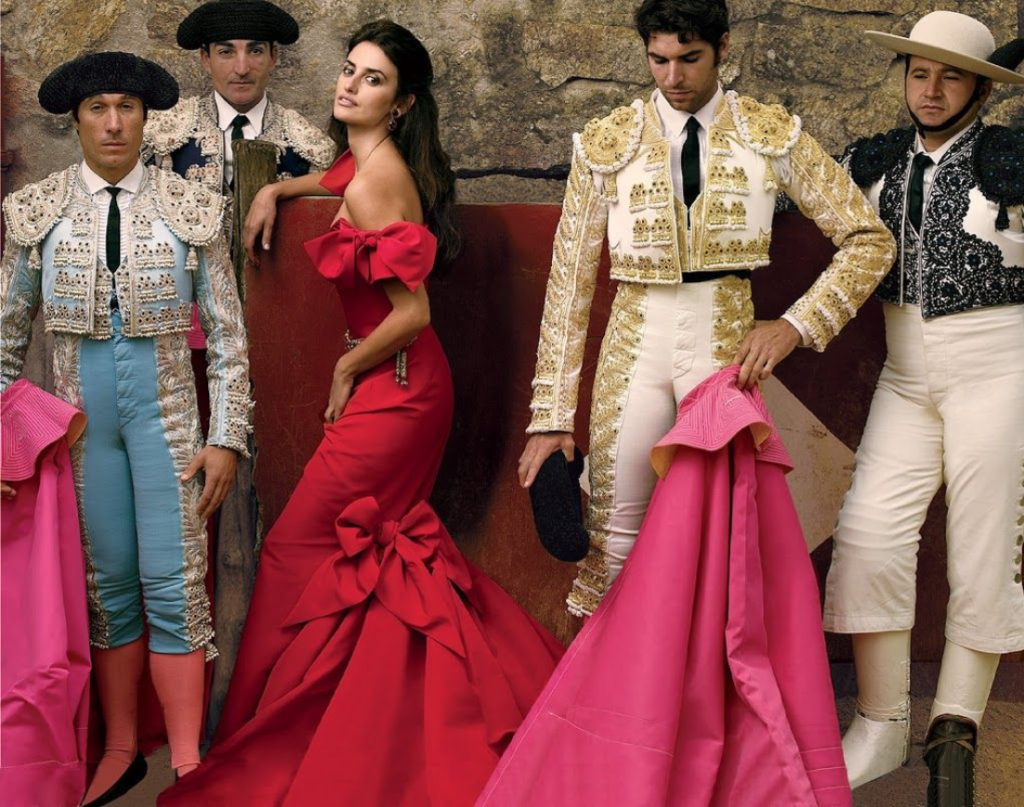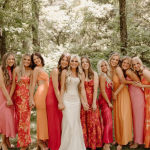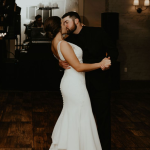A Spanish wedding celebration is renowned for its passion, elegance, and sense of timeless romance. Central to that magical ambiance is the traditional Spanish wedding dress, a garment that brings together centuries of history, local craftsmanship, and modern creativity. This comprehensive guide explores the origins of Spanish bridal fashion, the iconic elements that define it, and how contemporary designers are preserving tradition while embracing new trends.
Roots of Spanish Bridal Fashion
Historical Origins and Evolution
Spain’s legacy of intricate textiles and bold silhouettes can be traced back to medieval times. Wealthy families from Andalusia to Castile displayed their status through lavish garments adorned with ornate embroidery, precious metals, and detailed lacework. Yet these luxurious pieces weren’t always exclusively for brides – many were simply high-society attire adapted for special events, including weddings.
By the Renaissance, Spain had become a powerful force in Europe, extending its influence in art, culture, and dress. Ornate patterns, vibrant dyes (derived from Spain’s global trade), and advanced sewing techniques flourished. Over the centuries, as the country’s political climate changed and different monarchs came to power, bridal attire evolved accordingly, reflecting each era’s aesthetics and moral values.
Influence of Regional Styles in Spain
Despite overarching national trends, Spanish bridal wear is heavily influenced by regional identity. For instance:
- Andalusia: Known for flamenco flair, including bold ruffles and dramatic skirts that evoke a sense of movement.
- Catalonia: Might incorporate lighter fabrics, with an emphasis on stylish yet minimalist lines.
- Galicia: Often features subtle Celtic touches, with an interest in wools and modest silhouettes, especially for colder climates.
These regional distinctions not only show Spain’s cultural diversity but also highlight how every bride can adopt local traditions while retaining her own personal taste.
Key Elements of a Traditional Spanish Wedding Dress
Mantilla Veil and Its Significance

Perhaps the most recognizable feature of Spanish bridal fashion is the mantilla veil, a delicate lace or lace-trimmed veil draped over the bride’s head and shoulders. Historically linked to the Catholic Church, the mantilla gained widespread popularity due to its elegant drape and ability to complement various hairstyles. Often worn with a high comb called a peineta, the mantilla adds a regal frame to the bride’s face.
The mantilla veil also symbolizes respect and modesty in traditional Spanish culture. Although many modern brides choose shorter or simpler veils, the mantilla remains a meaningful choice for those who wish to preserve a classic Spanish look.
Use of Lace, Ruffles, and Intricate Details
- Lace: Spanish lace, particularly the needle-made variety from regions like Alençon or Chantilly, is highly sought after for its fine patterns and graceful feel. Whether it’s used all over the bodice, as a trim along the sleeves, or cascading across the train, lace infuses the gown with romantic appeal.
- Ruffles: Flamenco-inspired ruffles are another iconic feature. Layers of ruffled organza or chiffon can add texture and volume to a gown, especially around the skirt hem, merging tradition with modern drama.
- Embroidery: Traditional Spanish wedding dresses often include detailed embroidery in gold or silver thread, which historically signified prosperity and status. While brides today may choose subtler metallic touches, the effect is still visually striking.
Colours and Symbolism
In Spain, the color of a wedding dress isn’t necessarily limited to white, although modern influences have made white or ivory gowns commonplace. Historically, black wedding dresses were also worn in some parts of Spain as a sign of devotion. However, black is less common now, typically reserved for very traditional families or as a statement of individuality. Deep reds, blues, or other bold shades might also appear in embroidered accents or accessories, reflecting a bride’s family heritage.
Modern Interpretations of Spanish Bridal Attire
Flamenco Inspiration in Contemporary Designs
Flamenco culture bly influences many modern Spanish wedding dresses. Designers may incorporate flounced hems that resemble flamenco skirts, creating a mesmerizing look whenever the bride moves or dances. These ruffles lend a sense of festivity and movement, evoking the energy of Andalusian fiestas. Coupled with a fitted bodice, they maintain a silhouette that flatters various body shapes while staying true to Spanish roots.
Integrating Traditional Elements with Global Trends
Today’s Spanish bridal market expertly blends heritage with global runway influences. Gowns might feature:
- Clean, minimalist lines with a lace mantilla veil for a subtle Spanish accent
- Contemporary mermaid-style dresses with ornate floral embroidery reminiscent of old-world Spain
- Minimal additions of color, such as red or gold sashes, to nod to Spanish heritage without overwhelming the overall design
This fusion satisfies brides who appreciate tradition but crave a polished, cosmopolitan look.
Practical Tips for Choosing Your Spanish Wedding Dress
Fabric Selection and Comfort
Spain’s climate can vary significantly, from the hot and arid south to the cooler northern regions. When selecting fabric, keep local weather in mind, especially if you’re planning an outdoor ceremony. Lightweight options like tulle or chiffon are popular, while satin or mikado can offer a more structured shape. Ensure the gown remains comfortable throughout the celebration, particularly if extended dancing is on the agenda.
Accessorizing with Mantillas, Combs, and Jewelry
- Mantilla Veil: If you dream of a timeless Spanish look, choose a veil with delicate lace trim. Explore different lengths, from cathedral to fingertip, to see which best complements your dress.\n- Peineta (Combs): Traditional peinetas can add height and elegance to your hairstyle. They’re often adorned with filigree patterns or floral motifs.\n- Jewelry: Pair statement earrings or a simple pendant with your gown. Larger earrings embellished with pearls or crystals can emphasize a sophisticated flair, especially if the dress is relatively minimalistic.
(Here is also a good place for bullet lists or numbered steps, as suggested in the “советы.”)
Frequently Asked Questions (FAQ)
Q: Do Spanish brides always wear white?
A: While modern Spanish brides frequently opt for white or ivory, historical and regional traditions sometimes include black or other colors—especially embroidered details—to reflect family heritage.
Q: What is the difference between a mantilla veil and a standard veil?
A: A mantilla veil typically features ornate lace edging and is worn draped over the head, framing the face. In contrast, a standard veil may be gathered and attached to a comb at the crown of the head.
Q: Are ruffles mandatory for a Spanish-inspired wedding dress?
A: Not at all. Ruffles are a popular choice due to flamenco influence, but many Spanish-style gowns rely on lace or sleek silhouettes instead. It’s ultimately a matter of personal preference.
Q: How can I blend modern trends with a traditional Spanish style?
A: Focus on a classic silhouette and integrate subtle nods to Spanish aesthetics, such as lace edging, a mantilla veil, or touches of bold color or metallic embroidery.
Q: Is it necessary to wear a peineta?
A: Although a peineta adds an unmistakable Spanish flair, it’s not obligatory. Some brides may favor simpler hair accessories or minimalist veils, depending on their chosen style.
Conclusion
A traditional spanish wedding dress combines centuries-old customs with romantic flair, offering brides a chance to embody both heritage and fashion on their wedding day. From dramatic flamenco-inspired ruffles and embroidered lace to the enchanting elegance of a mantilla veil, these gowns bring Spanish culture to life in a way that remains both relevant and captivating. Whether you choose an ornate, historically-inspired piece or a contemporary reinterpretation, Spanish bridal attire stands as a truly timeless, sophisticated choice for a wedding steeped in tradition and style.



